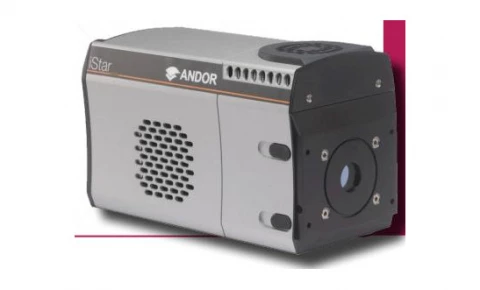Description
The iStar 320T Series by Andor is a groundbreaking platform designed to revolutionize the field of high-speed, nanosecond-scale time-resolved spectroscopy. This intensified CCD camera series is meticulously engineered to deliver an unparalleled integrated detection solution, offering high-resolution capabilities that are crucial for advanced scientific research. The camera's 4:1 aspect ratio is perfectly optimized for compatibility with Andor’s Shamrock Czerny-Turner spectrograph series and its associated accessories, ensuring seamless integration and outstanding performance.
One of the standout features of the iStar 320T Series is its Multi-MHz readout capability, which allows for the acquisition of over 322 spectra per second, and even surpasses 2,900 spectra per second in Crop Mode. This remarkable speed is complemented by its user-friendly USB 2.0 connectivity, making it highly portable and convenient for use with laptops. The camera also features a fully integrated, software-controlled Digital Delay Generator (DDG™), providing a simple and efficient way to manage complex experiments. With this feature, users can effortlessly control timing and gain through a single interactive interface, streamlining the experimental process.
The iStar 320T Series is equipped with Gen 2 and Gen 3 image intensifiers, offering a range of entrance input window and phosphor options to accommodate various wavelength requirements from 120 nm to 1,100 nm. The camera supports minimum gating speeds of less than 2 ns, ensuring precise temporal resolution. The effective active area of the CCD is available in two sizes, 18 x 6.7 mm and 25 x 6.7 mm, with active pixel configurations of 690 x 255 and 960 x 255, respectively. This flexibility allows the iStar 320T Series to cater to a wide range of scientific applications, making it an indispensable tool for researchers and scientists.
iStar DH320T ICCD Camera for High-Speed Time-Resolved Spectroscopy
Specifications
| Sensor Type: | iCCD |
|---|---|
| # Pixels (Width): | 1024 |
| # Pixels (Height): | 255 |
| Pixel Size (Square): | 26 um |
| Peak Quantum Efficiency: | 50 % |
| Full Frame Rate: | 15 fps |
| Bit Depth: | 16 bit |
Features
- USB 2.0 Connection: Simple Plug & Play connectivity for ease of use.
- Multi-MHz Readout Speeds: Enables rapid image capture for fast transition phenomena analysis and “focusing mode”.
- Integrated Digital Delay Generator: Comprehensive software controls for seamless experiment integration.
- Close-Coupled Gating: Achieves true optical gating speeds of less than 2 ns for ultimate temporal resolution.
- Lowest Insertion Delay: As low as 19 ns for precise timing control.
- Fibre-Optic Coupling: Ensures high optical throughput without vignetting.
- IntelliGate™ MCP Gating: Offers On/Off ratios greater than 108 in the UV spectrum.
- Photocathode Gating Rate: Up to 500 kHz, enhancing the Signal to Noise ratio for high-speed laser-based experiments.
- Cropped Sensor Mode: Specialized acquisition mode for achieving the fastest image acquisition rate.
- High Resolution Gen 2 and 3 Intensifiers: Provides the highest available intensifier resolution with QE greater than 50% and sensitivity options from 120 nm to 1,100 nm.
- Thermo-Electric Cooling: Cools down to -40°C, ideal for low-light applications.
- Real-Time Control: Intuitive Windows user interface for real-time acquisition optimization.
- Photocathode Dry Gas Purge Port: Provides further EBI reduction for low-light applications.
Applications
- Time-Resolved Spectroscopy: Ideal for ns-scale studies of fast transient phenomena in atomic and molecular physics.
- Plasma Diagnostics: Enables detailed plasma emission measurements with high temporal resolution.
- Laser-Induced Fluorescence (LIF): Provides gated detection for sensitive LIF experiments.
- Raman Spectroscopy: Enhances signal-to-noise ratio in gated Raman setups.
- Fluorescence Lifetime Studies: Suitable for nanosecond-scale fluorescence decay measurements.
- High-Speed Kinetics Studies: Captures rapid spectral changes in chemical dynamics research
Frequently Asked Questions
What is the iStar DH320T intensified CCD camera series used for?
What is the readout speed of the iStar DH320T camera series?
What is the gating speed of the iStar DH320T camera series?
What is the connection type of the iStar DH320T camera series?
What is the effective active area of the CCD in the iStar DH320T camera series?
Similar Products
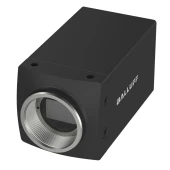
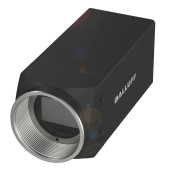
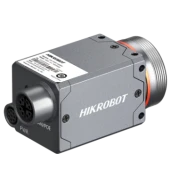
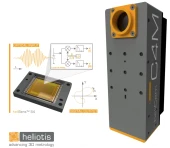
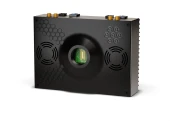
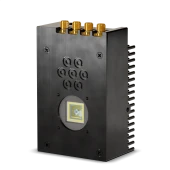
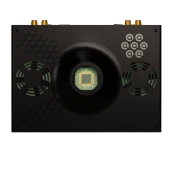
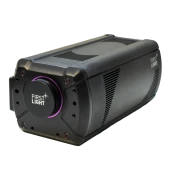
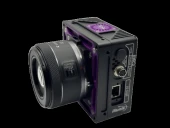
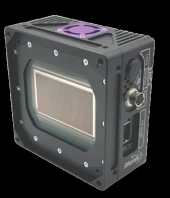
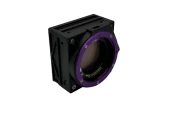
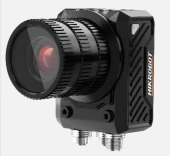
Your inquiry has been received.
Create an account by adding a password
Why create an account?
- Auto-complete inquiry forms
- View and manage all your past messages
- Save products to your favorites
- Close your account anytime — no hassle
